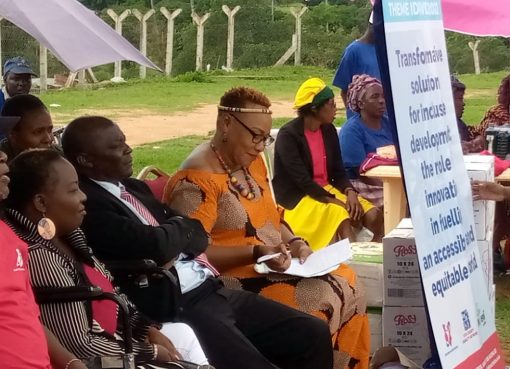The government has finalized reviewing various Acts in the livestock sector in an exercise that commenced in 2018.
The Acts include the Animal Diseases Act, Rabies Control Act, Cattle Cleansing Act, Branding of Stock Act, Meat Control Act and Prevention of Cruelty Act.
Speaking when opening a veterinary bills workshop for internal validation at a Nairobi hotel Monday, Livestock PS Harry Kimtai said adoption of the final drafts of the Animal Health Bill, Veterinary Public Health Bill and Animal Welfare and Protection Bill will create order and regulate aspects of the livestock sector.
“The development of these Veterinary Bills is part of implementation of the constitutional provisions providing for review of laws to align with the constitution and the measures will ensure that Kenyan livestock and livestock products remain globally competitive and sustainable, while enhancing Livestock Sector’s contribution to the country’s economy,” he said.
The PS asked stakeholders to interrogate and validate these Bills before external validation is conducted saying they have mobilized requisite resources to deliver on this process in time.
“I urge the various Taskforce teams and other experts to work expeditiously and produce workable Bills for further processing by the State Department,” he said.
Kimtai said he expected the final draft bills to be ready for validation within a month’s time by 31st of October 2020.
The PS thanked World Bank through the Climate Smart Project, USAID through the International Livestock Research Institute, members of the respective Task Force Teams and legal experts who have contributed immensely to the review of the existing laws and development of these Bills
The Livestock Sector plays an important economic and socio-cultural role in Kenya, contributing about 42 percent to the agricultural GDP and 12 percent to the national GDP.
It provides domestic requirements directly through meat, milk and eggs and indirectly through hides and skins, pelt and feather products and other livestock products, while accounting for about 30 percent of the total marketed agricultural products.
The sector also employs 50 percent of the agricultural labour force, with over 10 million Kenyans living in the Arid and Semi-Arid Lands (ASALs) deriving their livelihood largely from livestock.
By Wangari Ndirangu





